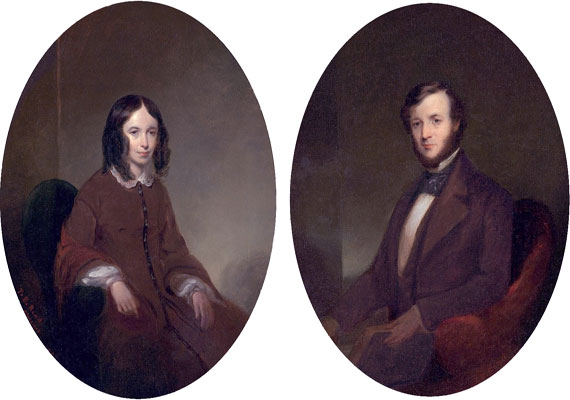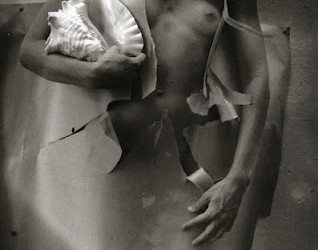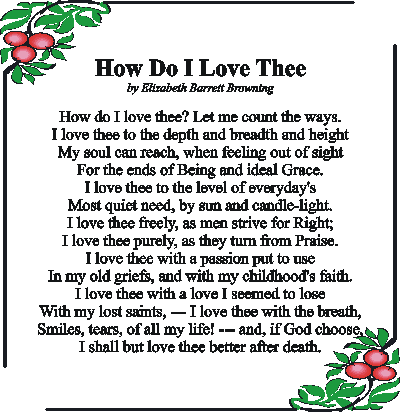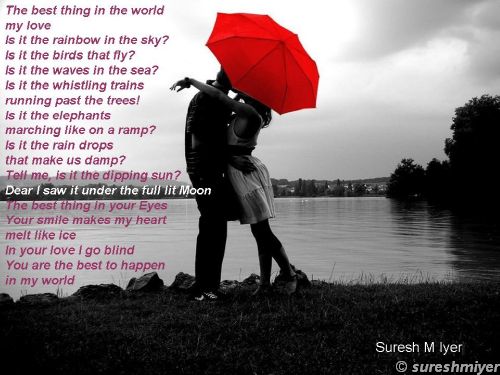“A Musical Instrument” by Elizabeth Barrett Browning was published in 1860 with a collection of works called Poems Before Congress. This is among some of her last published works because she died in 1861. This poem uses the story of Pan, god of shepherds, hunting and rustic music, to emphasize the duality of art. While art is beautiful there can also be destruction as a result of that art. The use of Pan is significant because he is commonly depicted as being a man with horns, legs, a beard, pointed ears and the tail of a goat. He is most commonly associated with other rustic gods and the origins of his name come from an old Arkadian word for “rustic”. In this poem, Pan symbolizes the dual nature of the arts. He is beauty and destruction combined. The fact that he is part god, part human and part animal shows that this duality of art is not limited to anyone or anything.
Summary and Analysis of Musical Instrument by E.B.Browning
The story within the poem is fairly straight-forward. Pan goes down to the river and causes much destruction with his hoofs. He tears out a reed from the river and “hacked” away at it until there was no sign of life any longer. He cuts the reed and hollows it out and makes a flute with it. He claims that this is the only way that gods can make sweet music and begins to play beautifully. Although the music is beautiful and causes many wonderful things to happen, the gods were still melancholy because the reed suffered and no longer exists. When Browning is referring to the destructiveness, the words she chooses are abrupt and strong. For example, line 3 uses “Spreading ruin” and line 15 uses “hacked” and “hewed”. She strongly emphasizes the destruction that Pan is causing. Similarly, when Pan is finished with the flute, the words she chooses to describe the beauty of the music are somewhat contradictory. Lines 32 and 33 state that the music is “Piercing sweet” and “Blinding sweet”. It seems as if she is saying that the music is beautiful, yet not completely so.
This piece feels more like a story with a lesson or a song. The structure of the poem is full of patterns and repletion. The poem is made up of seven stanzas with six lines in each stanza. The first line of every stanza has nine syllables and ends with the word “Pan”. The pattern of syllables and repetition of “Pan” in this way create a song-like tone to the poem. The second and last lines of every stanza ends with the word “river”. This repetition of “river” creates a constant flow of ups and downs throughout the piece. The third lines all end with a word that rhymes with “pan” and the fourth and fifth lines of each stanza rhyme with each other (independently from stanza to stanza). The consistent patterns and repetition throughout “A Musical Instrument” make it feel like just as the title states: a musical instrument.
This piece utilizes a few more poetic devices as well. The line “The limpid water turbidly ran,” (ln 9) is an oxymoron. Limpid means clear and turbid means muddy. Browning uses this to again emphasize the duality of what Pan is doing. He is causing destruction to make something beautiful. Similarly, in lines 14-16, Browning describes Pan’s behavior as “turbidly”, “hewed” and “hacked” while describing the reed as being “patient”. This paints the reed in an innocent light while Pan is the guilty. Browning also effectively uses simile as well: “Then drew the pith, like the heart of a man” (ln 21). Browning compares Pan emptying out the pith of the reed to taking out a man’s heart. This personifies the reed and makes it feels as if Pan is killing the reed by taking out his heart. This is extremely effective because it helps the reader understand why the “The true gods sigh for the cost and pain-/For the reed which grows nevermore again” (ln 40-41). The reed was an uneasy sacrifice for the beautiful music of the flute. Line 40 also seems to insinuate that Pan is not a true god because the “true gods” were sad for the reed and Pan was not. There is also a strong sense of irony that Pan causes destruction at the beginning that is fixed at the end by his music. “And breaking the golden lilies afloat” (ln 5) and “And the dragon-fly had fled away,” (ln 11) were both cause by Pan’s destructiveness by the river. Once he begins to play his music, “And the lilies revived,and the dragon-fly/Came back to dream on the river.” (ln 35-36). There would have been no need to the lilies to be revived or the dragon-flies to come back if Pan had not driven away to begin with.
The main lesson of this poem is that wherever there is beauty, there may also be pain or destruction. We all need to judge for ourselves whether or not what we do is worth the risks or negativity it may potentially cause. This is a lesson not immune to anyone. Whether a god, a human or an animal…we all have the potential for creating beauty and destruction. This is a great life lesson and one that Elizabeth Barrett Browning obviously had on her mind toward the end of her life. One can’t help but wonder, given her propensity to upset some of her audiences with her work, who Browning was aiming this particular lesson towards.
Do have your views about the poem in the comments section. Keywords– analysis of musical instrument, summary of musical instrument, musical instrument analysis, explanation of musical instrument.
Some online learning platforms provide certifications, while others are designed to simply grow your skills in your personal and professional life. Including Masterclass and Coursera, here are our recommendations for the best online learning platforms you can sign up for today.
The 7 Best Online Learning Platforms of 2022
- Best Overall: Coursera
- Best for Niche Topics: Udemy
- Best for Creative Fields: Skillshare
- Best for Celebrity Lessons: MasterClass
- Best for STEM: EdX
- Best for Career Building: Udacity
- Best for Data Learning: Pluralsight
















We are taking this website down.